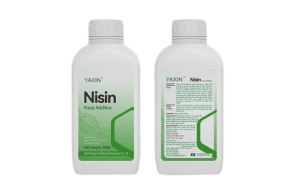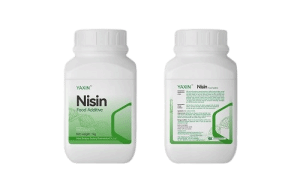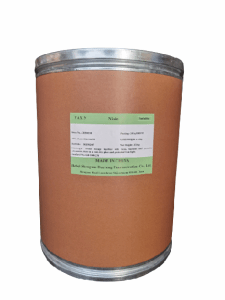
 CONTACT
CONTACT
- Linkman:Linda Yao
- Tel: +8618231198596
- Email:linda.yao@dcpharma.cn
- Linkman:CHARLES.WANG
- Department:Overseas
- Tel: 0086 0311-85537378 0086 0311-85539701
-
172025-12星期三
The industrial application prospects of Nisin
As a safe and non-toxic natural biological preservative, Nisin boasts broad prospects for industrial application in multiple fields including food, feed, medicine, and cosmetics, driven by the optimization of fermentatio...
-
172025-12星期三
Cost-benefit analysis of Nisin
As a mainstream natural biological preservative, the cost-effectiveness of nisin should be comprehensively evaluated by combining the cost structure on the production side and the multiple benefits on the application sid...
-
162025-12星期二
The preservative application of Nisin in cooked food products
As a natural peptide bacteriostatic agent, Nisin is widely used in the processing of ready-to-eat foods such as sauce-braised products, smoked and roasted products, and prepared dishes, thanks to its characteristics of n...
-
162025-12星期二
Research Progress on post-translation modification of Nisin
Nisin, a class of lantibiotics synthesized by Lactococcus lactis, owes its biological activity to the special thioether ring structures formed during post-translational modification (PTM). The natural Nisin precursor pep...
-
152025-12星期一
The safety of Nisin in pickled foods
Nisin is a natural peptide bacteriostatic agent approved by food safety authorities in multiple countries, and its safety for application in pickled foods has been fully verified. Its safety characteristics are reflected...
-
152025-12星期一
The antibacterial effect of Nisin in pickled foods
Nisin, a natural peptide bacteriostatic agent produced by the fermentation of Streptococcus lactis, is characterized by narrow-spectrum high efficiency, safety, non-toxicity, and good thermal stability. In pickled foods,...
- Tel:+8618231198596
- Whatsapp:18231198596
- Chat With Skype







